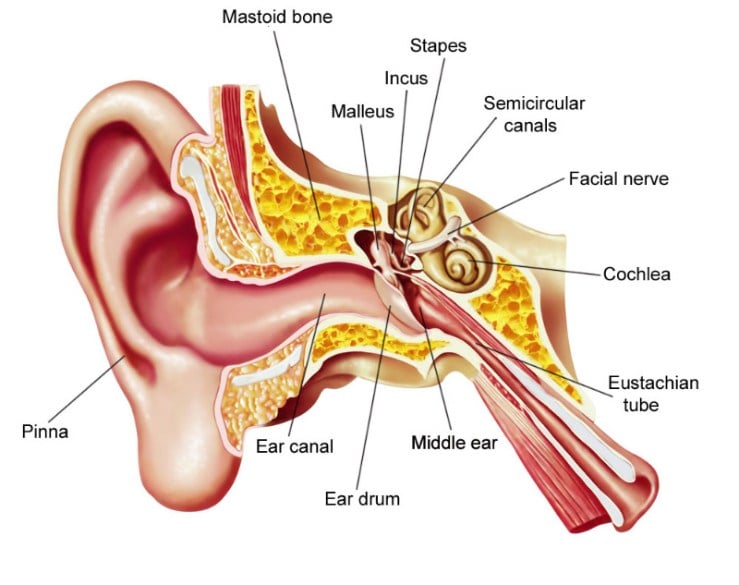OtosclerosisPLEASE NOTE - THIS INFORMATION IS INTENDED FOR GUIDANCE ONLY. IT IS NOT IN ANY WAY A SUBSTITUTE FOR A SPECIALIST CONSULTATION. What is otosclerosis? We normally hear sound when it hits the ear drum and then is then transmitted by the three small bones of hearing(ossicles) to the inner ear (cochlea). Otosclerosis is a condition in which new bone is formed around the third bone of hearing (stapes). This stops it from moving properly, and causes a partial loss of hearing in that ear. Either one or both ears can be affected. If one ear has been affected in the past, there is a significant chance of the condition developing in the other ear at some point. What causes otosclerosis? We don't know exactly why otosclerosis happens but do know that it does tend to run in families. Women are more commonly affected than men, and pregnancy or other hormonal changes do sometimes seem to cause further worsening of hearing. What happens if otosclerosis isn't treated? Most people find that their hearing will stop getting worse after a few years. It is very unusual to lose hearing completely as a result of otosclerosis. How can otosclerosis be treated? If you have otosclerosis you have a number of options. It may be that having been given a diagnosis you are prepared to cope with your hearing loss and don't want any further treatment. This is perfectly reasonable, but of course if you change your mind, or if you find your hearing loss is causing you more in the way of problems, you can always come back and discuss treatment at a later date. (You may need a futher referral from your GP for this). A hearing aid can be a very effective treatment for otosclerosis. We would certainly offer this as an option, and recommend that most patients at least consider trying a hearing aid before deciding on surgery. The third option is surgery. The operation is called a stapedectomy, or stapedotomy. Please see the page on this website for further details regarding this operation. A few patients may also wish to consider a bone-anchored hearing aid (BAHA). Further details about this are also available on this website.
|

